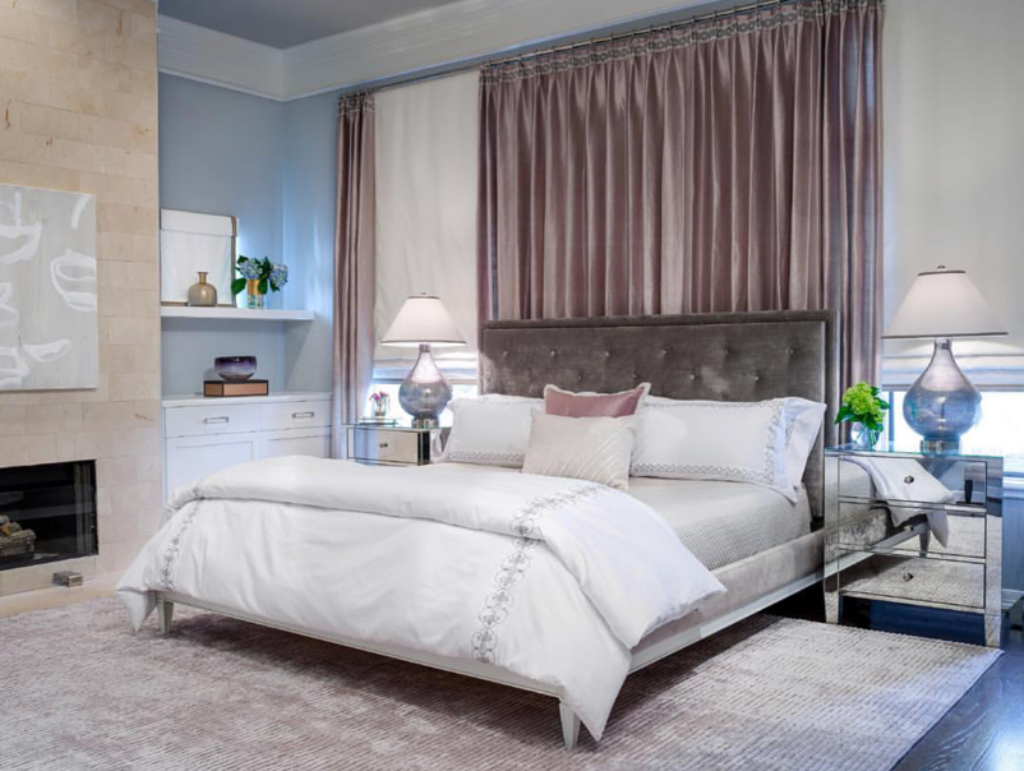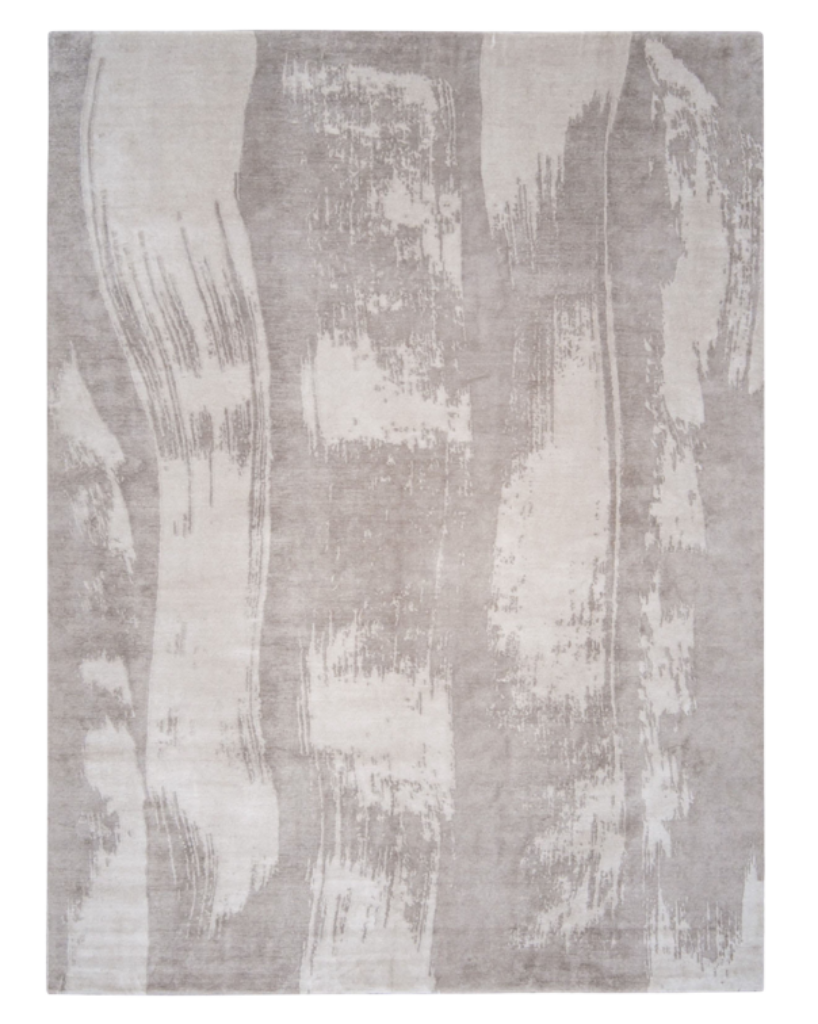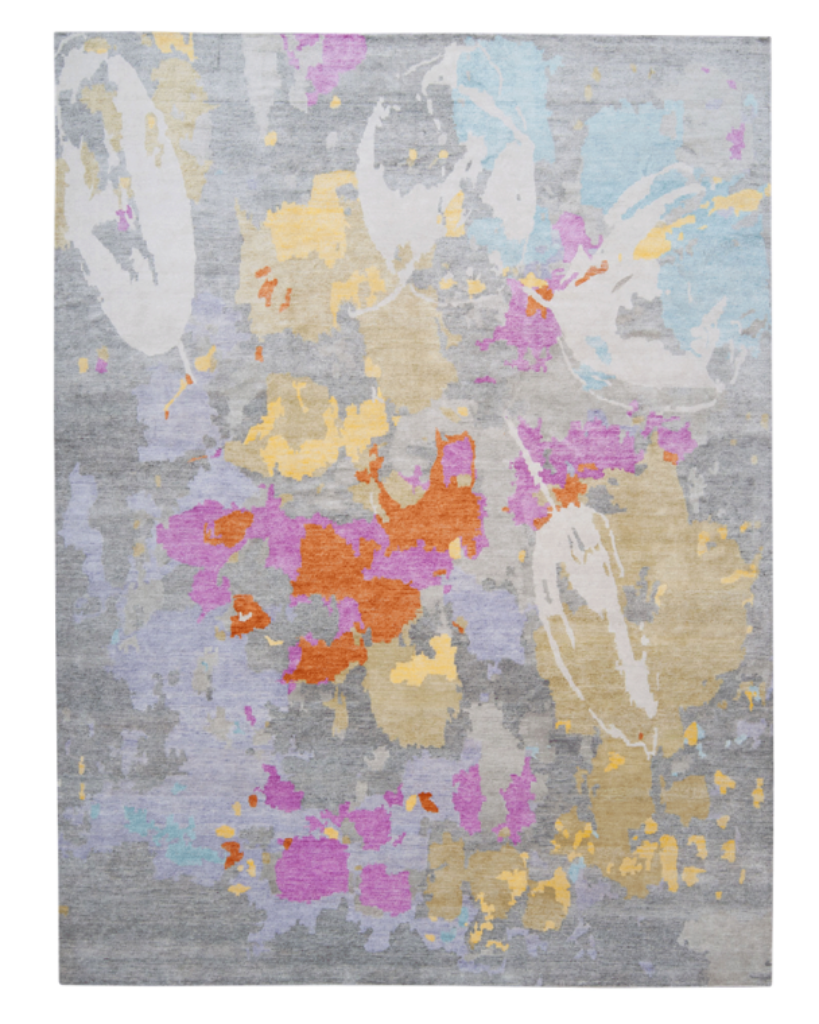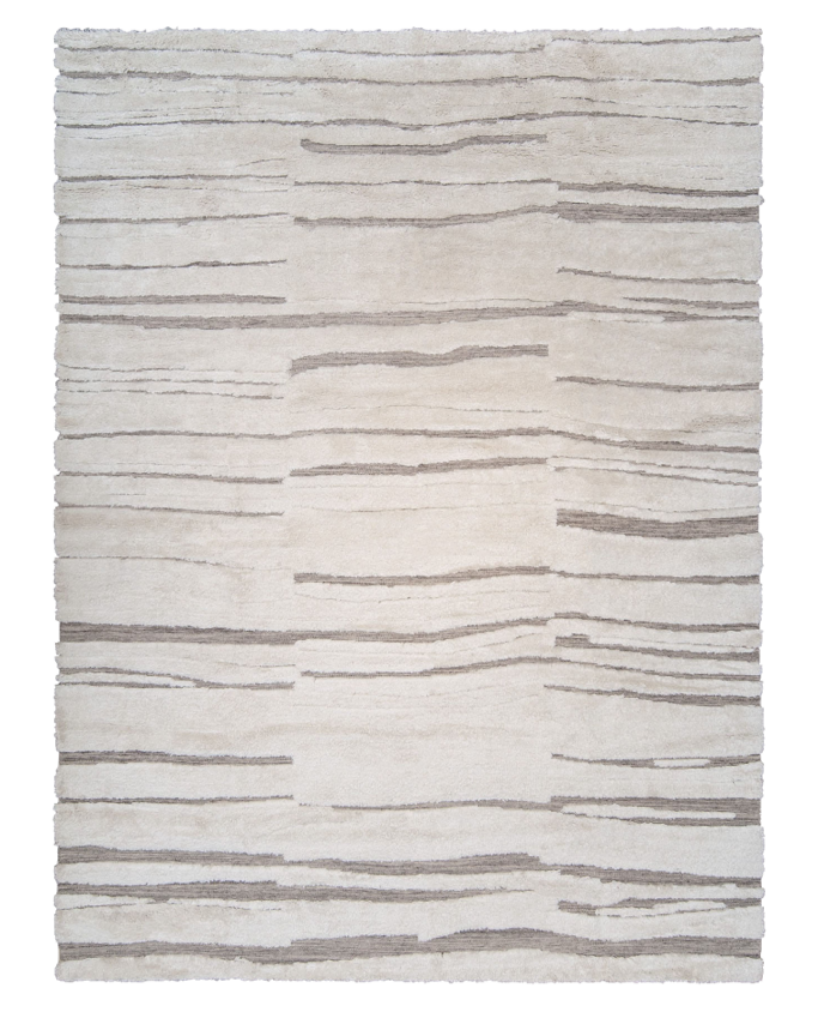If you’ve ever been on the hunt for the perfect rug, you know the process is far more complex than it seems at first glance. Between style, pile, and material, it’s a journey that can feel overwhelming. For our clients that don’t know where to start, we suggest choosing the style you’re interested in first. Traditional, vintage, modern, contemporary, overdyed, shag…the list goes on. But what if you aren’t sure whether a particular design fits your personal sense of style?

Image by: Talbot Cooley Interiors
In an effort to break the styles down, we’ll be exploring each in detail throughout a series of posts starting today with contemporary rug designs!
Simplicity and Freedom
It’s not difficult to distinguish between traditional and contemporary styles. Traditional design is locked into a variety of structures, defined by specific rules, making traditional rug styles fairly easy to recognize. Think Asian, baroque, British Colonial, country, French provincial, Gothic, Jacobean, Mediterranean, mission, neoclassical, plantation, Queen Anne, and regency among others. These rugs hail from different eras and regions but they all play into a traditional aesthetic.
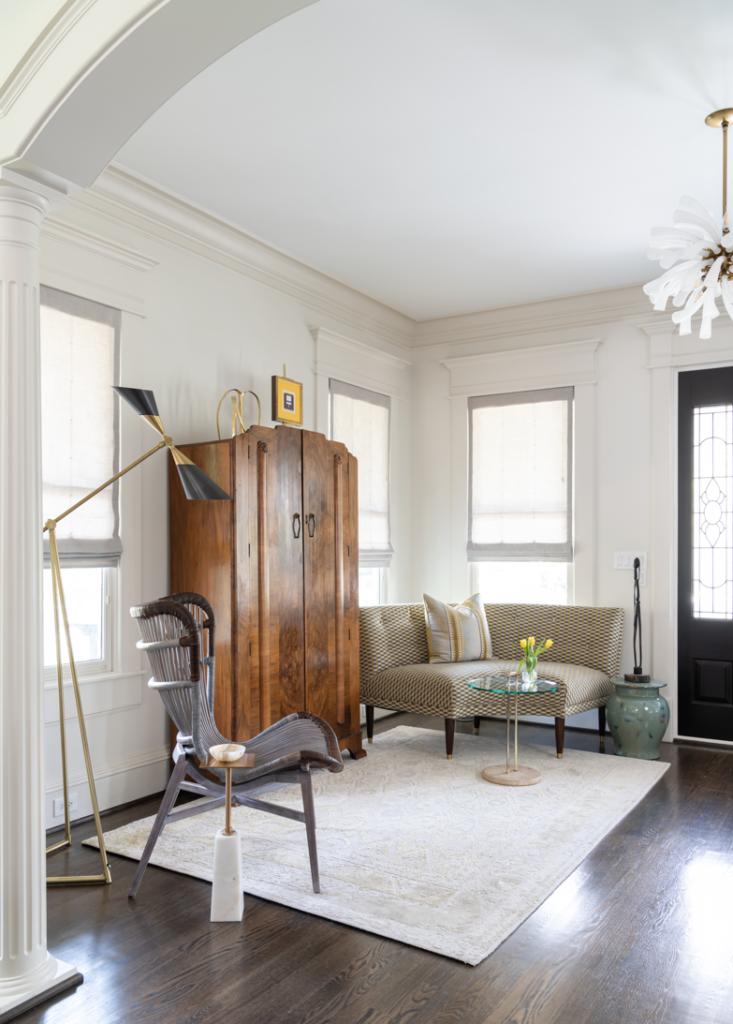
Contemporary rug styles are different from traditional ones in two key ways. First, they tend to lack the many embellishments frequently found in traditional styles. Secondly, they generally celebrate a simplistic, pared down approach. Patterns can be soft or hard, colors can be neutral or bright, and a mix-and-match sensibility that leans toward whimsy and contrast is encouraged.
Although contemporary designs tend to favor limited palettes comprised of just a few key colors for the sake of simplicity and striking visual emphasis, contemporary rugs blend nicely with elements of other design styles, turning them on their head to create something entirely new and of the moment.
Color, Contrast, and Creativity
While it’s fairly easy to distinguish contemporary and traditional design styles, it can be more difficult to determine the differences between modern and contemporary. They both share key characteristics, namely a tendency toward simplicity.
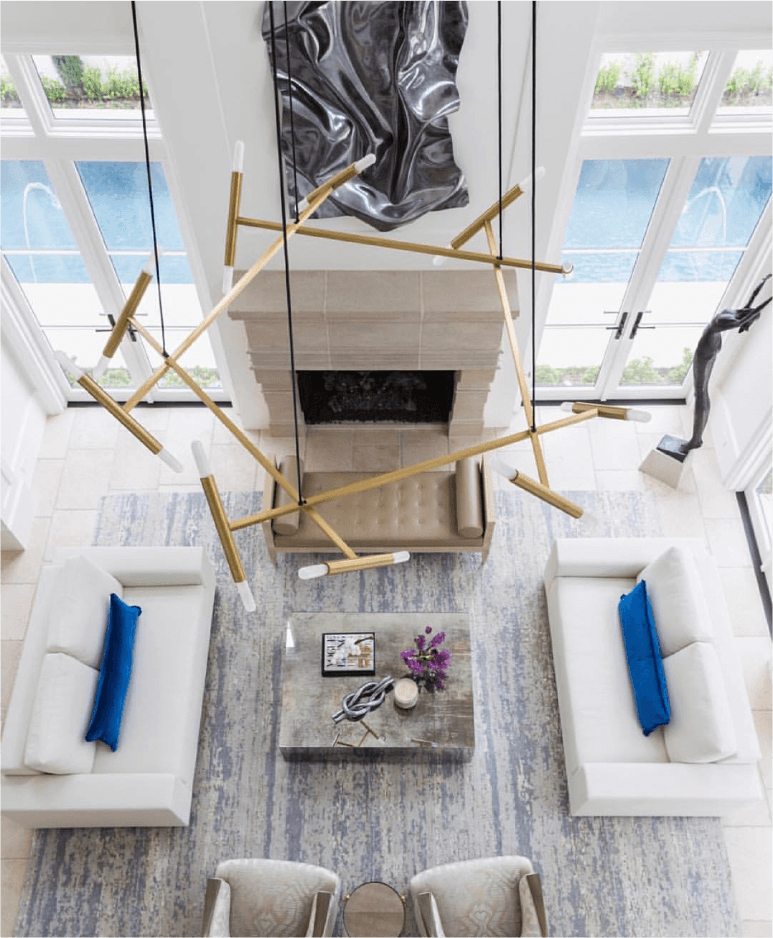
During the modern design era, which emerged in the first half of the 20th century, there was an overall deviation from the heaviness and elaborate adornment of traditional styles. Clean lines and neutral palettes dominated the industry.
Contemporary design leans into the simplicity pioneered by modernism, but adds a dose of creativity and whimsy. With modern design, function was the highest priority. As contemporary design emerged, so did a heightened focus on experimentation that invited elements to be chosen for their beauty instead of making selections based on function alone.
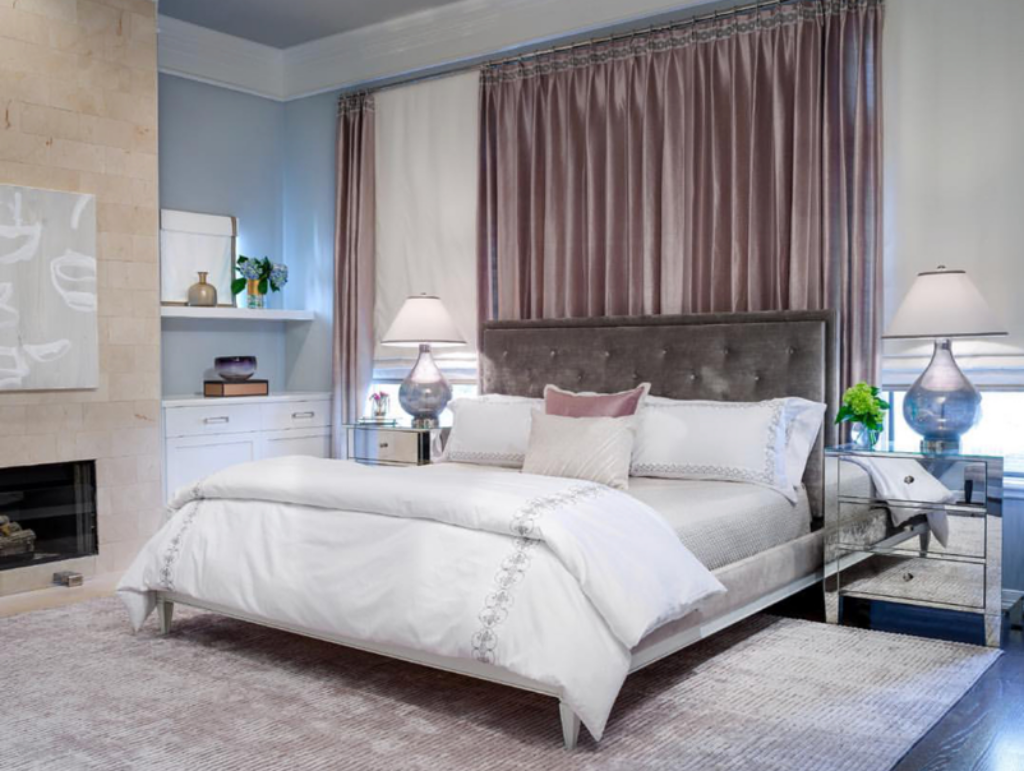
Image by: Bankston Mays
Blending patterns with hard and soft lines, adding color to neutral palettes, and playing with contrast in fanciful ways is indicative of contemporary design, but the primary element this style embodies is change. Contemporary design is constantly adapting to incorporate new trends, irreverently mixing old and new to create unique forms.
At the end of the day, a contemporary rug is a piece that doesn’t subscribe to design rules. It’s a rug that speaks to the heart, sharing a story as unique as your own. Need help finding the perfect contemporary rug? Reach out to our team and we’d be happy to pull a selection from our Houston showroom. And if none of those strike your fancy, we look forward to getting started on something custom! [link “get started on something custom” to the custom page on website – https://madisonlily.com/custom-tailored/
